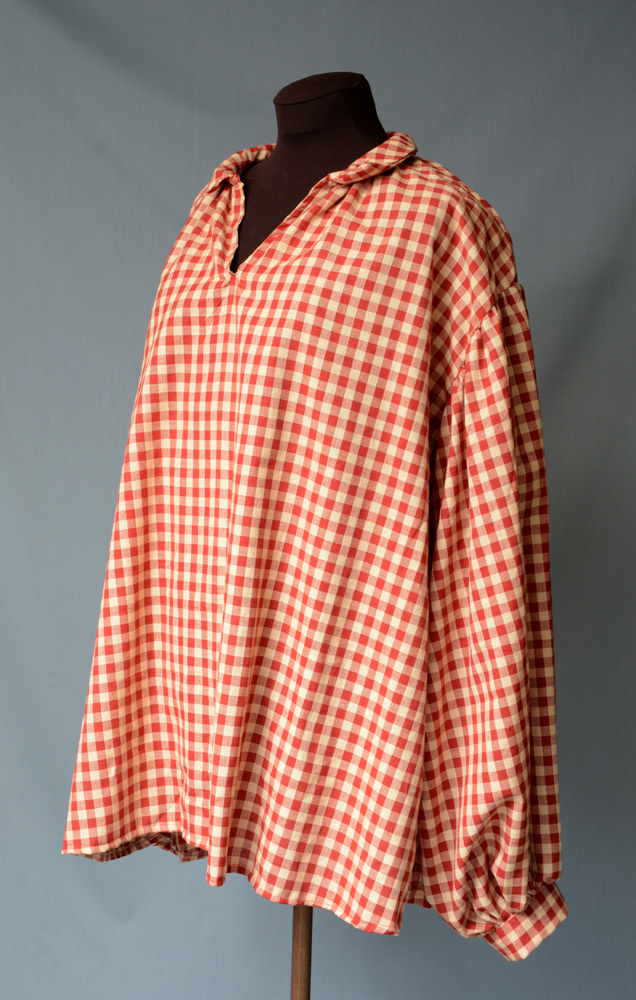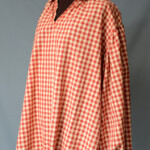European T Shirt Size Chart – Deciding on the correct size purchasing a shirt may be overwhelming. Many brands don’t use the same method of sizing, therefore what is considered as medium in one company can be considered too large in another. That’s why a sizing chart can be useful. We’ll outline what it is and why having one when purchasing shirts is important.
How to Measure Shirt Size
The first step in determining the best fit for your shirt is to measure your body’s proportions accurately. The steps you need to follow:
- Measure Your Chest You can wrap a measuring tool around the biggest part of your chest. Check that it’s level . It shouldn’t be too rigid or loose.
- Measure Your Waist Take the measuring tape and wrap it around your natural waistline – which is usually at the narrowest area of your upper torso.
- Measure Your Hips Measure Your Hips by wrapping the measuring band around the most full part of your hips. Make sure it’s level . Make sure it’s not too tight or loose.
- Comparing Your Measurements to the Size Chart: Once you have your measurements, you can compare them to those offered by the brand or retailer that you’re looking to purchase from.
It’s important to know that some brands may use slightly different measurements for different sizes Therefore, always refer to their own size chart for exact size.
Here are a few other suggestions to make sure you are taking the most exact measurements:
- Wear underwear to measure yourself or slim clothing for a more precise reading.
- Be sure that the measuring tape is snug against your body but not too tight. keep it in a straight line and directly parallel to the ground.
- Repeat these measures several times for the sake of consistency.
- Shirt Size Chart for Men and Women
Females and males generally need separate shirts due in body type and size. Here’s a general rule of thumb for both sizes:
Men’s Shirt Size Chart:
- Small: 36-38 inches
- Medium: 38-40 inches
- Large: 40-42 inches
- XL 42-44 inches
- 3XL: 46-50 inches
- 4XL: 48-50 inches
Women’s Shirt Size Chart:
- Extra Small (32-34)
- Small(34 inch)
- Medium (38-40)
- Large(38 40)
- XXL(Extra large)
- 4XL(extra long)
- Small(extra small)
- Small(extra large)
- Small(extra small (Extra Small/Medium)
Men’s shirt Sizing Chart (within1 Hour!) Small(33 3234 1 2 8 3XL) = 38-40“ 4446 1XL 4446 4446 1XL44 44 46 In It is vital to understand that these are just general measbnm and m.urements. Different brands might have slightly different measurements for different sizes.
Plus Size Shirt Size Chart For those who require plus sizes here are some general measurements for men’s and women’s plus sizes:
Men’s Plus Size Shirt Sizing Chart:
Chart: Chart:
How to Convert Shirt Sizes
- 1X 42-44 inches
- 2X 46-48 inches
- 3X 50-52 inches
- 4X: 54-56 inches
- 5X: 60-58 inches
How To Convert Shirt Sizes
Different brands and countries may use different sizing techniques It can be difficult to figure out the correct size. Here’s the best way to convert shirt sizes:
- UK converts to US size conversion for conversion from US size: Add two sizes to your UK size to create the US substitute (e.g., UK size 10 = US size 12).
- EU to UK Size conversion subtract 10 from US size in order to get the EU equivalent (e.g., EU size 40 = UK size 8).
It’s important to remember that sizing methods can differ between brands and retailers Always double-check the specific size chart for accuracy.
Sizing Charts for Online Shopping
Prior to purchasing any shirts from the web It is crucial to review the size chart supplied by the retailer to guarantee you receive the correct size. Here’s how to locate it on the web site of the store:
- Search for“sizing charts, “size chart” or “sizing” link: The majority of online retailers will have the link to their size chart alongside product descriptions, or on the page of the product on the website.
- Examine the retailer’s specifically designed size chart. Sizing could differ across brands and retailers, so be sure you’re using the right chart to refer to.
- Use the same steps outlined earlier in order to make an accurate measure of your body.
- After you have taken your measurements, compare them to the size chart that is provided by the manufacturer or retailer you’re looking to purchase from.
- Look into sizing up or down If you’re stuck at a loss on which size to select, make sure you take into consideration the specific measurements of your brand when making your decision.
Conclusion
Utilizing a chart of size for shirts is essential to get the right fit, no matter if you’re shopping online or in-store. When you’ve measured yourself accurately and referring to the retailer’s or brand’s chart, you can guarantee the new shirt fits well and look fantastic. Always double-check each time as sizes might differ between brands and retailers. By following these suggestions so that you can receive the correct size each time.






